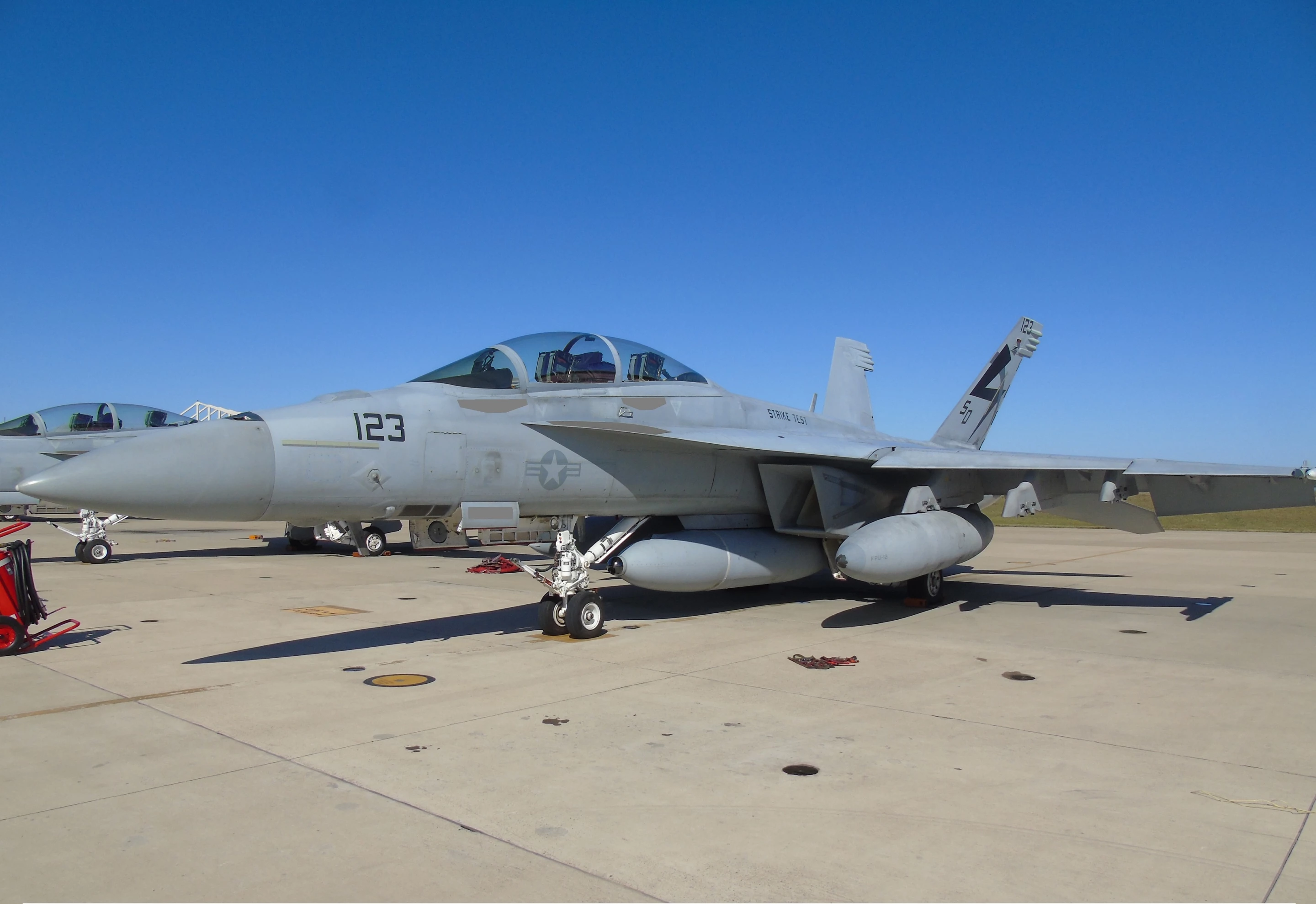The US Navy's F/A-18 Super Hornet supersonic tactical fighter received a new lease on life in late 2019 when a Block III version of the aircraft flew for the first time equipped with an Infrared Search & Track (IRST) Block II pod. Under the supervision of the Navy and prime contractor Boeing, the flight was part of a program to extend the service life of the fourth-generation fighter by several decades.
Though fifth-generation warplanes like the Lockheed Martin F-35 Lightning II might get the lion's share of media attention these days, there is also a concerted effort to keep older aircraft designs relevant and flying well into the 21st century. As part of this, the Navy and Boeing have been developing single- and two-seater Block III variants of the Super Hornet, which first entered service in 1995.
A key component of this upgrade is the IRST Block II pod, which is a passive, long-range sensor incorporating infrared and other technologies that allow it to detect threats at long range without using radar, which can be jammed at inopportune moments. In addition, it has better optics and processing power to provide the pilot with improved situational awareness of the battle area as well as better targeting. It is currently being tested to collect system data before being deployed to the US fleet in 2021.
In addition to the improved infrared pod, the Block III Super Hornet has new conformal fuel tanks that can carry 3,500 lb (1,600 kg) of additional fuel while reducing drag and extending operational range by 260 nm (300 mi, 480 km). There's also an Advanced Cockpit System to track and target multiple targets using a touch screen display, enhanced network capability with greater computer power to handle more data in real-time, and a 9,000-hour airframe – a 3,000-hour improvement on the previous Block that greatly improves the overall service life of the aircraft.
"The IRST Block II sensor gives Navy fighters extended range and increasing survivability," says Kenen Nelson, Lockheed Martin Director of Fixed Wing Programs, supplier of the IRST sensor. "This technology will help the Navy maintain its advantage over potential adversaries for many years."
Source: Boeing





